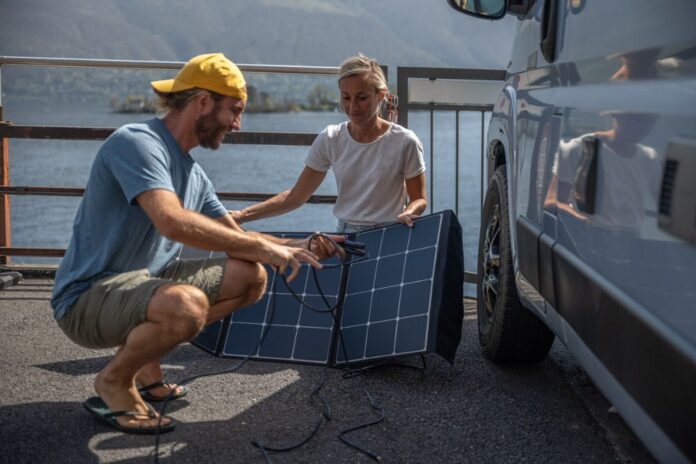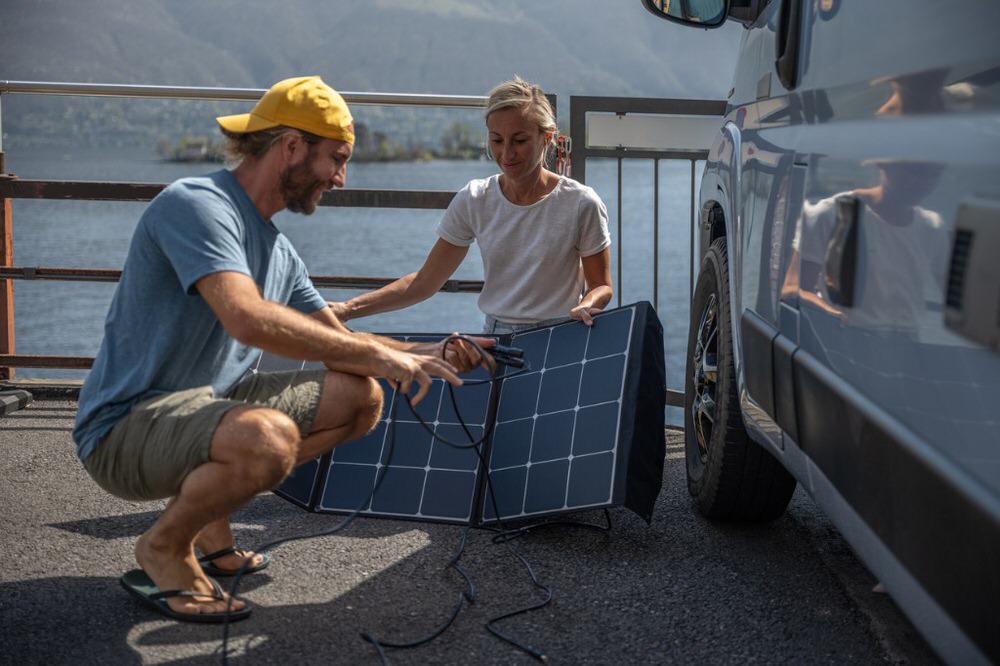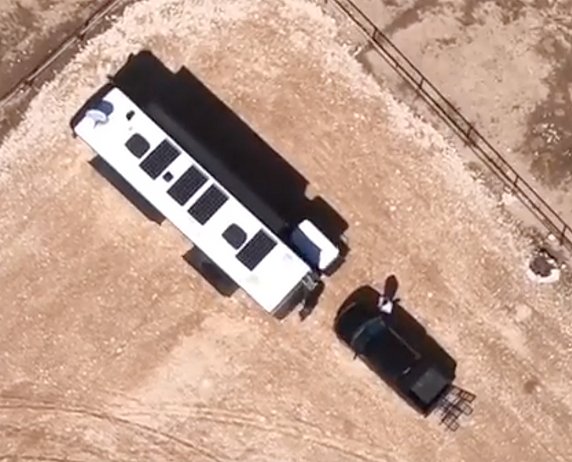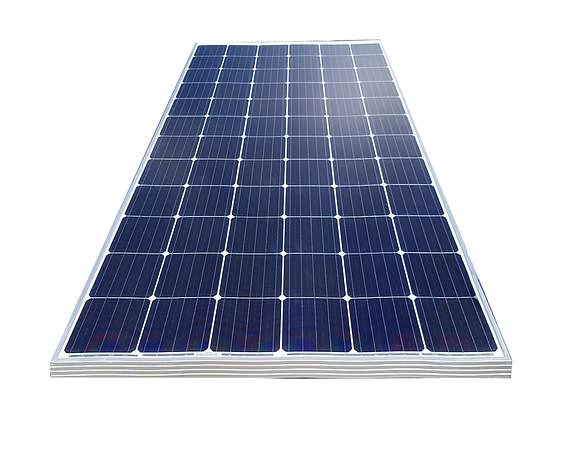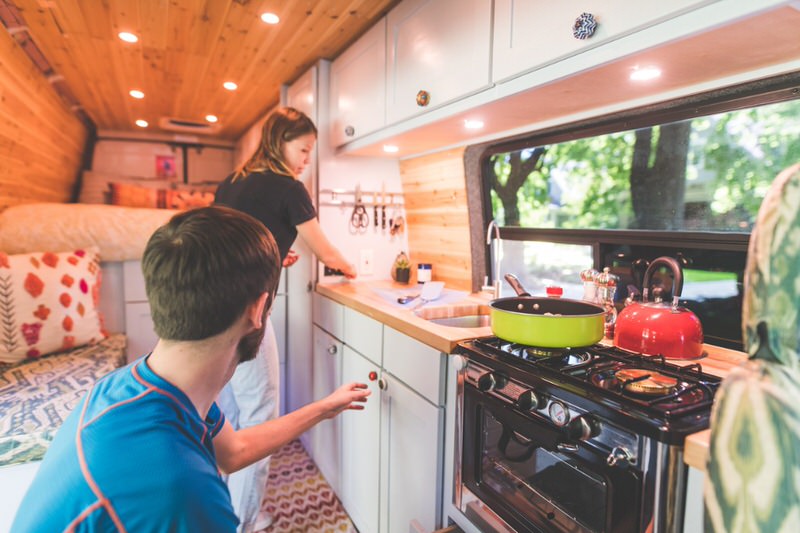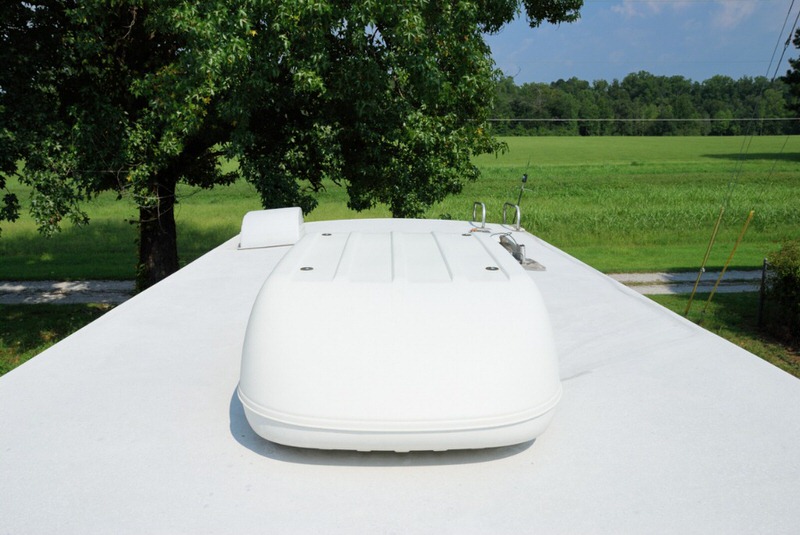Photo by swissmediavision via iStock
Whether you’re headed out for a quick weekend camping trip or you’re hitting the road for a months-long overlanding journey, one of the most critical components of your rig is the solar power system.
Having a solar power system is a game-changer because it enables you to collect energy cleanly and silently that tops off your batteries and powers small electrical components. It truly gives you the ability to get out there and unplug!
If you’re thinking about adding a solar power system to your overlanding setup, this beginner’s primer is for you.
Solar Power Collection
The first step in using a solar power system is the collection part – the process of the solar panels absorbing the sun’s energy.
When the sun’s rays hit a solar panel, electrons begin to flow. This makes sunny weather an obvious necessity for using solar power (though, solar panels can still collect some power when it’s overcast or cloudy).
But the availability of sunlight is just one part of the collection and flow of energy. There are two other pieces to the puzzle – the number of panels you have and the size of the panel’s output.
For example, you can use a small, portable 100-watt panel to charge the batteries in your rig and run small electrical components, like the lights in your camper or RV or charging your laptop or cell phone.
For added performance, you’ll need a higher-wattage panel like the 400-watt option from Briter Products shown above. With that amount of power output, you can run an inverter in your camper or RV, the restroom vent fan, charge all kinds of electronics, and even run an energy-efficient refrigerator.
What’s great about this kind of solar panel is that it’s highly efficient. In fact, this Briter Products panel allows you to charge the batteries in your rig up to three times a day in the summer and once a day in winter or on cloudy days.
That means you will have plenty of power for your overlanding adventures, even when the days are short or cloudy.
How to Store the Power
Of course, collection and flow of power are just the beginning. You need to store that power, too.
I’ve written before about the virtues of upgrading your AGM batteries to lithium-ion. Personally, there are just too many advantages of lithium-ion batteries to use anything else in my Turtleback Expedition Trailer.
As I describe in the video above, I have dual Briter Products lithium-ion batteries along with a REDARC RedVision total vehicle management system and a REDARC Manager30 battery management system.
Not only is this setup incredibly easy to use, but it also helps me manage all aspects of power storage and maintenance. I don’t have to worry about overcharging and I definitely don’t have to worry about whether or not I’ll have power when I need it. Check out the video to get the complete tour.
Solar Power Usage
Photo by FatCamera via iStock
With my particular setup, I have power on demand for all my electronics. I can run my refrigerator, trailer lights, charge my laptop and camera batteries, charge my phone, run the water pump, and so forth.
Now, obviously, the usage you get will vary depending on your particular setup, the conditions under which you can collect power, the specific electronics you have, and so forth.
Obviously, if you have a single battery, you won’t get as much usage out of a dual-battery setup. But so long as you size your solar power system appropriately and it’s not cloudy all the time, you should have no problem collecting, storing, and using power virtually at will.
There are limits, of course.
Photo by sshepard via iStock
You won’t be able to run the air conditioning in your camper or RV with a typical solar setup. To do so would require extensive upgrades to the electronics in your rig, not to mention a lot of solar panels.
But short of that, a solar power setup will give you the power you need for the essentials for an overlanding trip. And, if you find that your initial setup isn’t quite what you need, solar power systems are easily scalable, so you can add a second solar panel or replace a smaller wattage one with a larger wattage one. You can also add upgraded batteries and vehicle and battery management systems as I’ve done to maximize the utility of your solar power system.
In the end, camping and overlanding are all about getting off-grid and getting away from it all. With the proper solar setup, you can do just that and do so for a good, long while.



